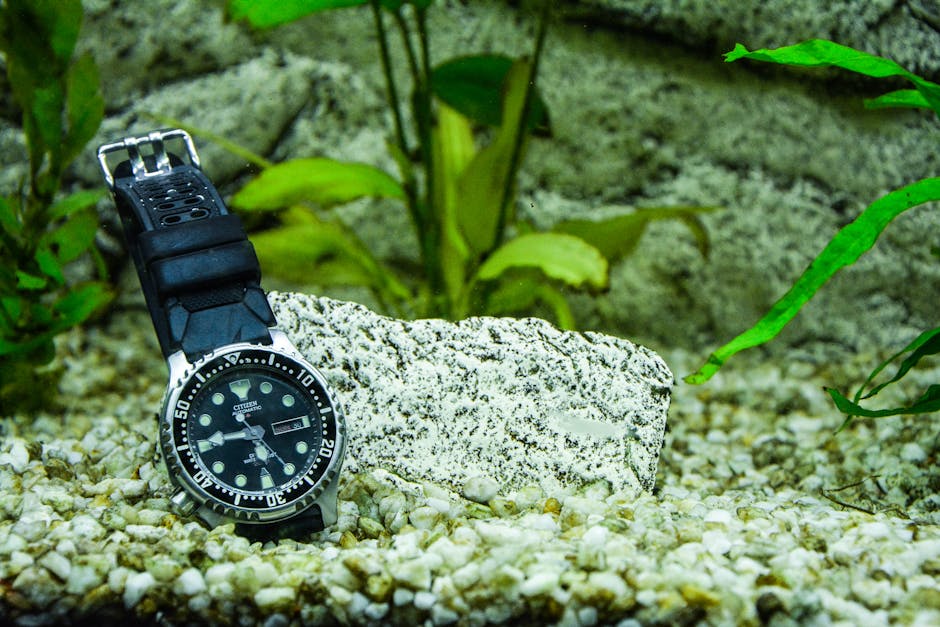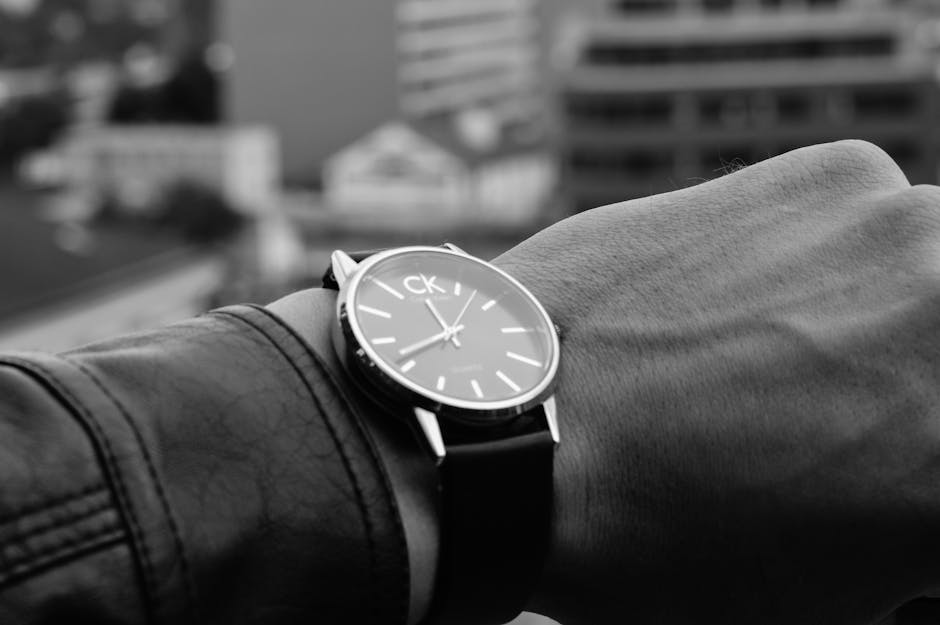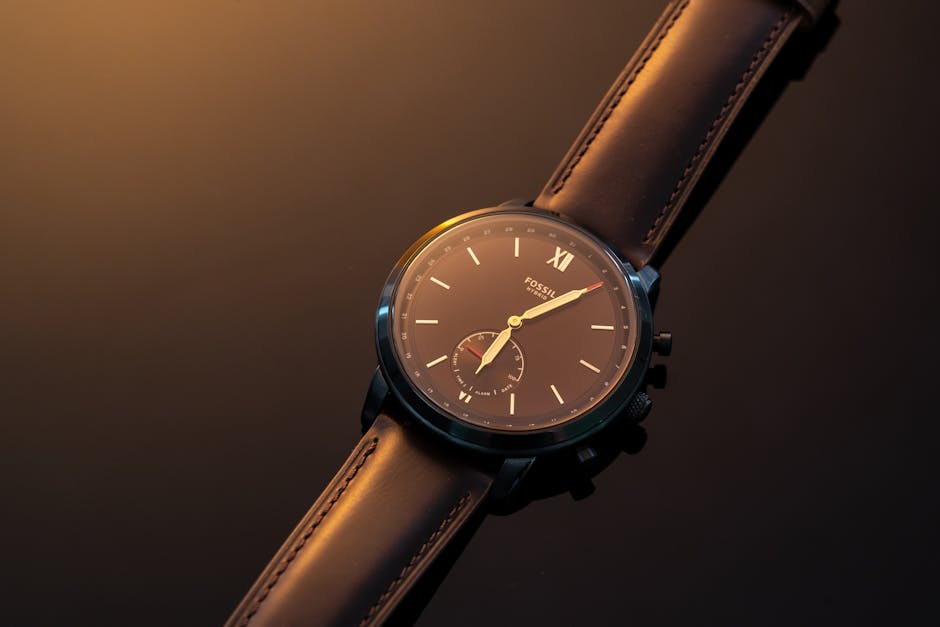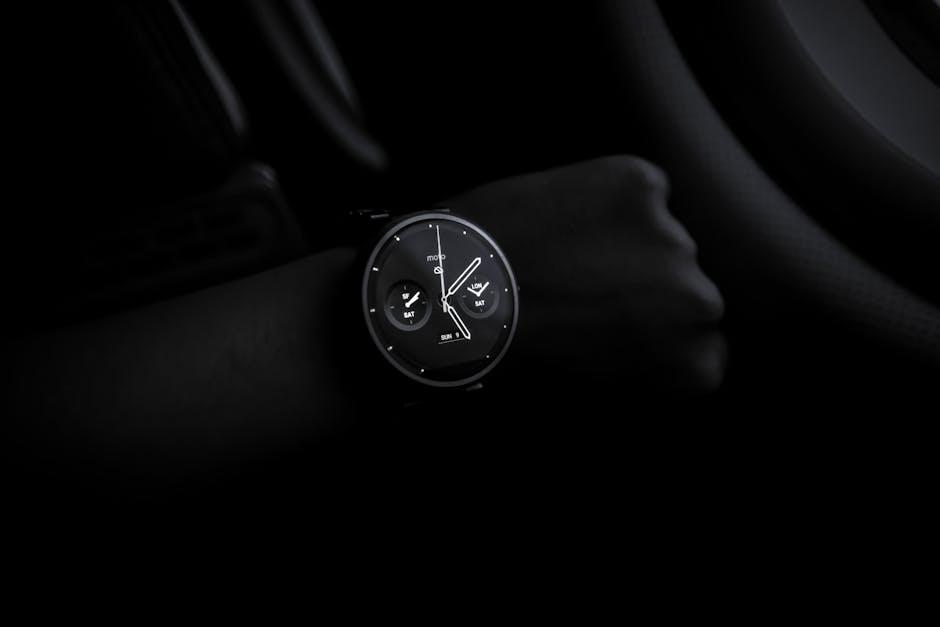
Why Do Watches Use Rubies?
In the intricate world of horology, the gemstone ruby holds a remarkable significance. It’s not the embellishment you might presume, neither is it a status symbol to flaunt. Instead, rubies have a purely functional application that is integral to the precision and longevity of luxury watches.
At first, the thought might seem odd. Why would a watch, a device driven by mechanics, necessitate the use of a gemstone? That is precisely the mystery we aim to unravel in this post, as we dig deep into the heart of timepiece mechanics. The integration of rubies in watches is a fascinating intersection of fine art, lavishness, and scientific ingenuity. Join us as we delve into this intriguing aspect of watch-making.
Historical Context — When and Why did Watchmakers Start Using Rubies

In the early 1700s, watchmakers began incorporating rubies into their designs. Why? The simple answer is longevity.
Traditional metal bearings corrode over time due to constant friction. This often resulted in significant imprecision after a few years of usage. By contrast, rubies, because of their hardness on the Mohs scale, notably reduce this wear and tear.
Additionally, rubies serve as ideal placeholders for the watch's minuscule mechanics. They hold these moving parts in place, reducing wobble and ensuring accuracy.
Interestingly, these 'rubies' which ornate today's watchwork are actually synthetic corundum, possessing the same properties minus the prohibitive price.
In essence, these tiny gemstones have become a symbol of durability and precision within every timepiece. They underline LUCA Watches commitment to crafted quality, blending tradition and innovation within every tick.
Technical Insight — The Role of Rubies in a Watch Mechanism

In the intricate world of horology, the presence of rubies is not just for aesthetic purposes. These precious stones play a crucial role in watch mechanisms, specifically in the timekeeping core.
Rubies, made of corundum, are chosen for their hardness and ability to reduce friction, increasing the longevity of the watch's movements. This helps in maintaining the accuracy and consistency of timekeeping.
These jewels, often placed at pivot points, act as bearings for gears in the watch movement. With minimal friction, wear and tear is significantly reduced, while energy efficiency is optimized.
So, those sparkling rubies you see in luxury watch movements not only enhance the visual appeal but also contribute to the watch's mechanical harmony, precision, and longevity.
Understanding Friction: The Impact of Rubies on Reducing Friction in Watches

One of the crucial components in the ticking wonder that is a watch, are the tiny rubies that reside within the movement.
But why are these precious stones present?
Ultimately, it comes down to friction. The internal mechanisms of a watch involve numerous pivots turning in jewel-lined holes. Over time, any friction this action creates can degrade the metal.
This is where rubies come into the picture. As one of the hardest materials in the world, rubies are virtually impervious to the wear from these constant rotations. By reducing the friction, they ensure your timepiece maintains exceptional performance for longer durations.
Thus, while their scarlet hue indeed adds aesthetic intrigue, their fundamental benefit seeks to preserve the functionality and longevity of your watch. A ruby isn't just a gem in the watchmaking world – it's a tool for timekeeping perfection.
Rubies and Wear Resistance: How Rubies Contribute to the Longevity of Watches

Rubies are a key element in dictating the longevity of many luxury watches. Specialists, for centuries, have turned to rubies due to their outstanding wear resistance.
The functional purpose is straightforward yet fascinating - these precious gemstones are used as bearings for the gear train and in high friction areas. Because rubies can withstand incredibly high levels of heat and friction without any discernible damage, they are perfect for ensuring that watches continue to tick without any hitches for years on end.
Their hardness is second only to diamond, making them resistant to scratches and other forms of wear and tear, thereby preserving the accuracy and efficiency of the timepiece.
The beauty of the ruby lies not only in its aesthetic appeal but more importantly, in its durability and contribution to the longevity of watches.
Ensuring Precision: How Rubies Improve the Accuracy of Watches

Many people often wonder, what is it about rubies that make them a popular choice in watch manufacturing?
The reason is simple yet surprising.
A watch living up to precision is all about reducing friction. This is where rubies come into play. Rubies are strategically placed within the wheel trains of watches to ensure consistency in timekeeping, bearing the brunt of mechanical wear and protect the watch’s delicate moving parts.
These precious stones are remarkably hard, second only to diamonds.
Hence, they are perfect for reducing friction which typically risks the accuracy of a watch’s movement.
Moreover, rubies enduring qualities mean they maintain their smooth surface over time, further ensuring optimal precision.
Thus, the use of rubies in watches is not solely about aesthetics, but also about promoting functionality, preserving the complex architecture within a timepiece, and ultimately maintaining accuracy for years to come.
Types of Rubies in Watches: Natural Vs. Synthetic Rubies

Rubies used in timepieces can be broadly categorized into two types: natural and synthetic.
Natural rubies are rare gemstones formed deep inside the earth, possessing a rich, vibrant red color. Their inclusion in watch mechanisms stands as a testament to absolute luxury. However, obtaining and coping with the scarcity and irregularities of natural rubies can be a challenge.
On the contrary, synthetic rubies, also known as lab-grown or created rubies, bear the same physical properties and crystal structure as natural ones. The only difference is their origin - they are produced in a laboratory. These rubies are favored in the watch industry due to their flawless consistency, controlled quality, and cost-effectiveness.
Despite the differences, both natural and synthetic rubies exhibit excellent hardness and thermal conductivity, essential prerequisites for a watch's durability and precision.
The Economic Perspective: The Role of Rubies in the Value and Pricing of Watches

From an economic perspective, the role of rubies in watchmaking can significantly influence the value and pricing of a timepiece. Primarily, rubies are harvested, cut, and polished - meticulous processes that add considerable cost.
However, their contribution extends beyond aesthetics. Rubies are used as jewel bearings, reducing mechanical friction, increasing watch efficiency and longevity. Thus, the number of rubies can serve as an indicator of watch sophistication, boosting the luxury quotient and consequently, the price.
But, it’s crucial for consumers to know - more rubies don't always mean higher quality. The placement and utility are what matters, adding to the watch's intrinsic value.
In conclusion, while they certainly add a touch of glamour and prestige, the practical application of rubies in horology largely contributes to the pricing spectrum in the world of luxury timepieces. Hence, the economic significance of rubies in watchmaking is undeniable.
Future of Watchmaking: Will Rubies Continue to be a Staple in High-Quality Watches
In recent decades, there has been a dramatic evolution in the watchmaking industry. The introduction of more advanced materials and technologies has questioned the long-standing dominance of rubies as a primary component in watches.
While the qualities of rubies provided indispensable advantages in the past, the future of watchmaking is forecasted to move towards utilising technological innovations such as silicon or other durable, low friction materials.
However, the departure from the traditional role of rubies is unlikely to be immediate. The use of rubies in prestigious timepieces continues to be synonymous with high craftsmanship, quality, and tradition, virtues that are fundamental to the identity of LUCA watches.
Therefore, although the prevalence of rubies may undergo a gradual decline, they will likely remain a staple in the world of high-quality watchmaking. Only time will determine the future of this precious gem in the realm of horology.